
Introduction
“Roma,” a compelling 2018 Mexican drama directed by Alfonso Cuarón, features Yalitza Aparicio, Marina de Tavira, and Marina de Tavira in leading roles. Inspired by a novel of the same name, the film transports viewers to 1970s Mexico City, chronicling the life of Cleo, a live-in housekeeper, and her profound connection with the family she serves.
Set against the backdrop of 1970s Mexico City, a time marked by governmental corruption and stark social stratification, “Roma” introduces us to Cleo, an indigenous woman working as a maid for a middle-class family. Her responsibilities include caring for the family’s four children. Throughout the film, Cleo faces numerous challenges, including internal family conflicts and pervasive societal discrimination.

Family and Kinship
One of the central themes explored in “Roma” is the concept of family and kinship. The film delves into the intricate relationship between Cleo and her employers, highlighting the challenges she encounters, such as internal family disputes and societal discrimination. Mexico City is depicted as a city rife with social stratification and inequality.
“Roma” vividly portrays the stark class divisions within Mexico City, most notably the vast chasm between the wealthy and the impoverished. The affluent reside in upscale apartments or lavish villas, enjoying comfortable living conditions, while the poor are relegated to dilapidated apartments or slums, with some even living on the streets. The film illustrates the living conditions of maids, who often share cramped rooms with numerous people, enduring unsanitary conditions that facilitate the spread of diseases.

The conspicuous absence of a middle class in the film underscores the “polarization” of Mexican society, where the rich grow richer, the poor become poorer, and the middle class gradually disappears. This class divide stems from various factors, including political corruption, economic inequality, and historical legacies. Politically, Mexico has long grappled with corruption, leading to unequal resource distribution. Economically, income inequality concentrates wealth in the hands of a few, leaving the poor struggling to survive.
Historically, issues of racial segregation and class division are deeply entrenched in Mexican society. Once the capital of the Aztec Empire, Mexico City became the center of New Spain during the Spanish colonial period, shaping its social and economic structure.

Racial issues in Mexico City are primarily rooted in Spanish colonial-era segregation policies and unequal distribution during modernization. White and mixed-race individuals often enjoy better access to education and employment, while indigenous people and undocumented immigrants are frequently denied these opportunities.
Cleo’s family, being indigenous, occupies the lowest rung of Mexican society. The film depicts Cleo and other maids commuting from the city’s outskirts to work in affluent neighborhoods, while their own homes are located in marginalized areas.
This residential segregation and marginalization of indigenous people are prevalent in Mexico City, where they face poverty, unemployment, and racial discrimination, hindering their integration into mainstream society.

This marginalization significantly impacts their lives and future prospects, trapping them in a cycle of poverty and helplessness. The employer family in the film represents the middle class of Mexico City, reflecting the city’s social realities through their lifestyle and values.
Social Inequality and Class Conflict
While enjoying comfortable homes and living conditions, they often lack empathy and compassion. The interactions between Sofía, the female head of the household, and Cleo underscore this social reality. Sofía prioritizes her children and household chores, neglecting Cleo’s personal needs and feelings. This lifestyle and value system are common among the middle class in Mexico City, highlighting the class divisions and inequalities prevalent in the city.
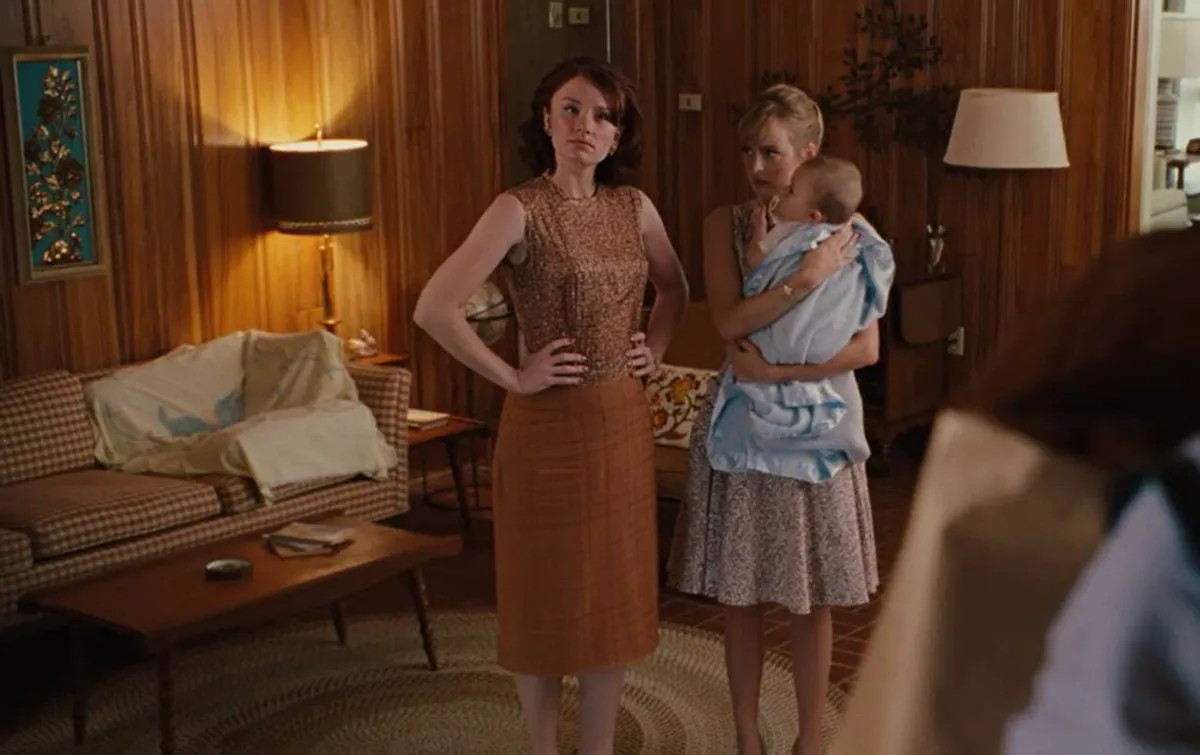
The maids in the film endure harsh working conditions, commuting from the city’s outskirts to their employers’ homes in affluent areas, working six days a week for up to 12 hours a day. Despite their efforts, they receive meager wages and lack adequate social security and job security. The living conditions of the maids in the film are appalling, often residing in cramped spaces with poor sanitation.
These homes are typically located in slums or areas far from the city center, with limited access to transportation and infrastructure. Maids often share living spaces with family members or even strangers. Their children often lack access to quality education due to financial constraints, limiting their future opportunities.
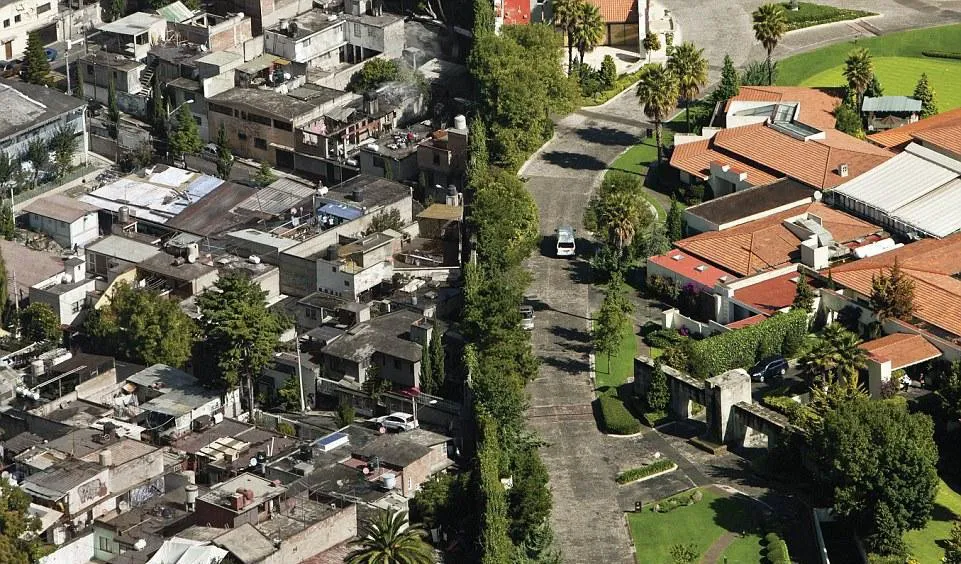
The maids’ poverty often perpetuates a cycle of poverty, as their children lack the opportunities and education needed to improve their economic circumstances. They work long hours for low wages, often enduring mistreatment and unfair labor practices.
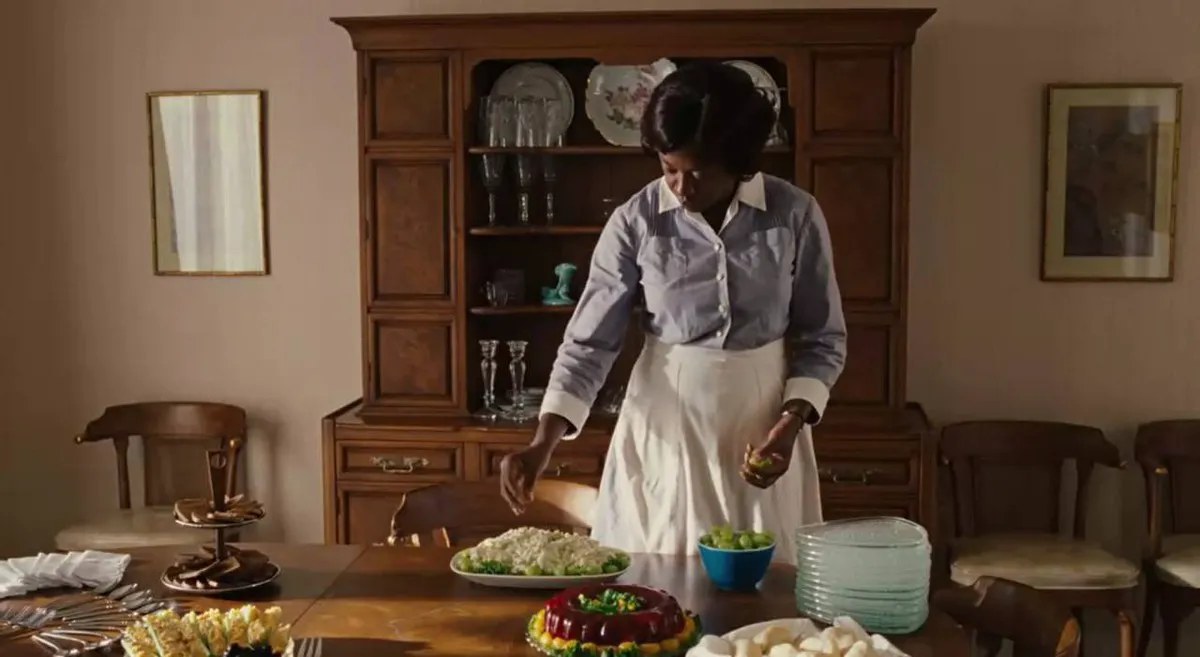
In contrast, the wealthy enjoy privilege and luxury, with access to better education and lifestyles. This disparity highlights the vast class divide, where maids live in poverty while the wealthy enjoy opulence. This inequality contributes to social instability.
In the film, the maids attempt to assert their rights and improve their working conditions. Cleo and other maids form a labor union to advocate for better wages and social security. However, the union ultimately fails, and their working conditions remain largely unchanged.
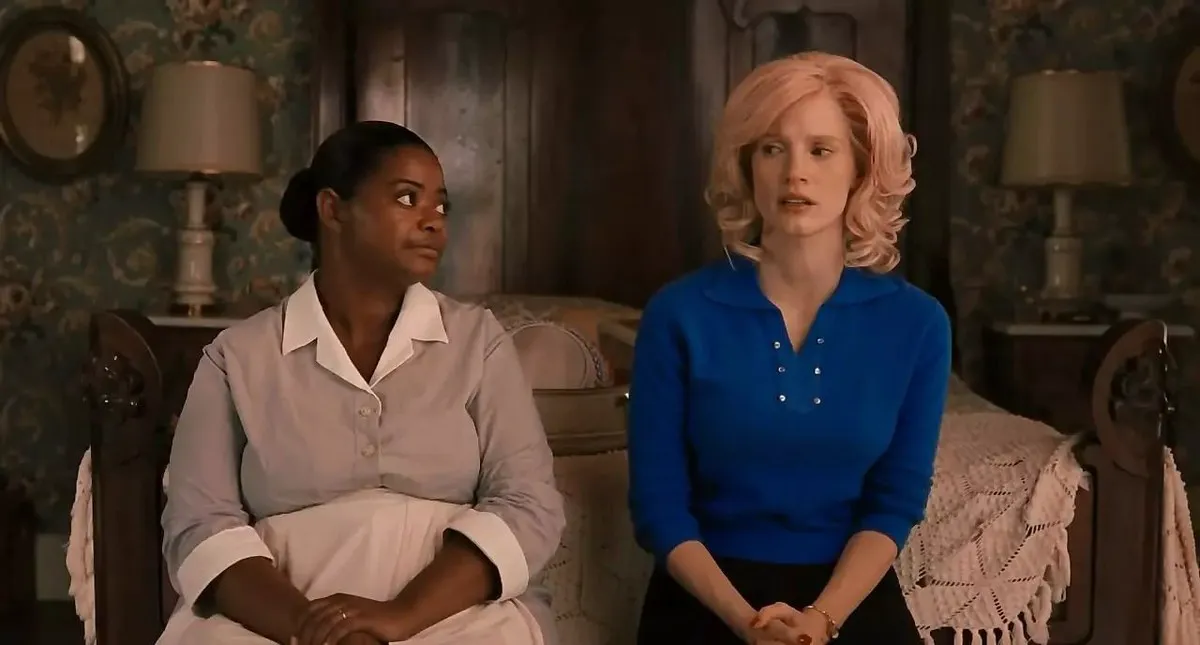
The maids also resort to resistance and protest, staging a strike to demand higher wages and better working conditions. Although the strike ultimately fails, it demonstrates their dissatisfaction with unjust treatment and their pursuit of their rights.
Additionally, Cleo and her employer, Sofía, unexpectedly encounter each other during a street riot protesting government violence and political corruption. This encounter underscores the severity of social inequality and class conflict.
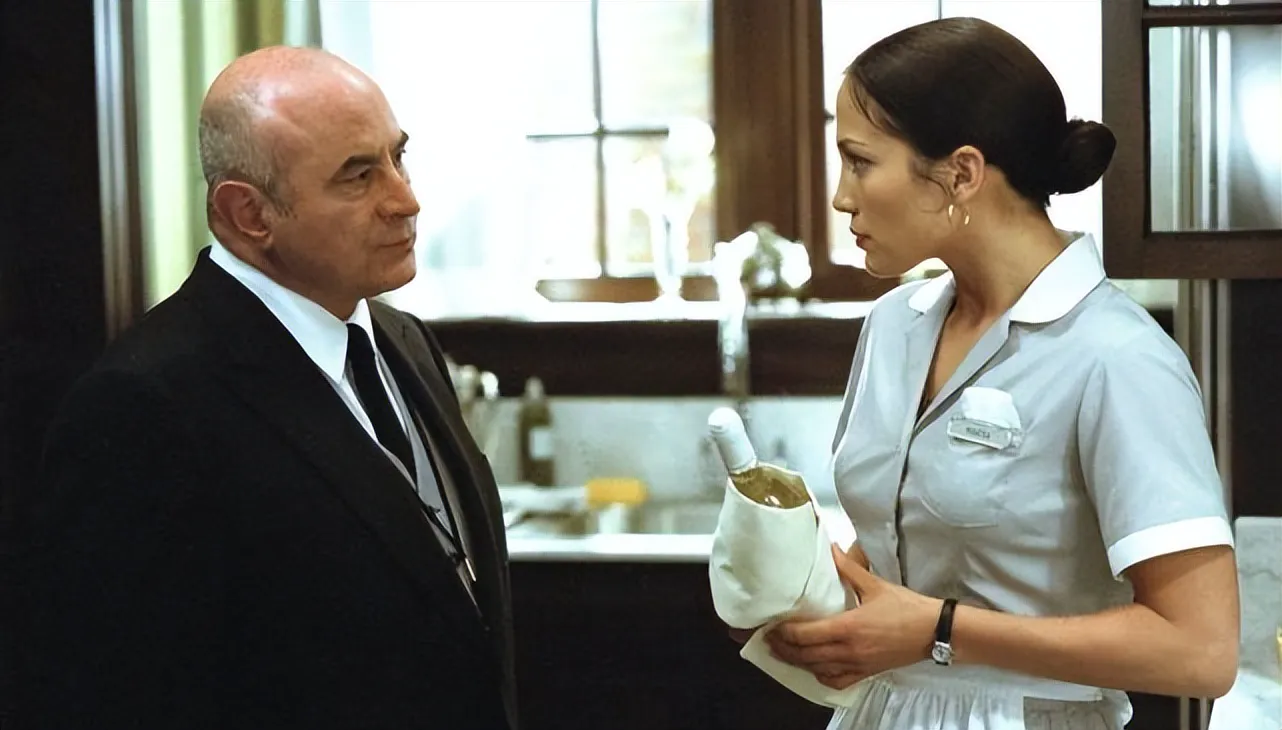
“Roma” prompts viewers to reflect on the social realities of Mexico City. Income inequality is a major driver of class division, with maids earning meager wages compared to their wealthy employers. This unequal distribution limits their access to basic necessities and opportunities.
Unequal access to education further exacerbates class divisions. The children of maids often lack access to quality education due to financial constraints, perpetuating a cycle of poverty. Meanwhile, the children of wealthy families have access to better education, enhancing their future prospects. Maids often endure mistreatment and humiliation in the workplace, leading to feelings of helplessness and despair.
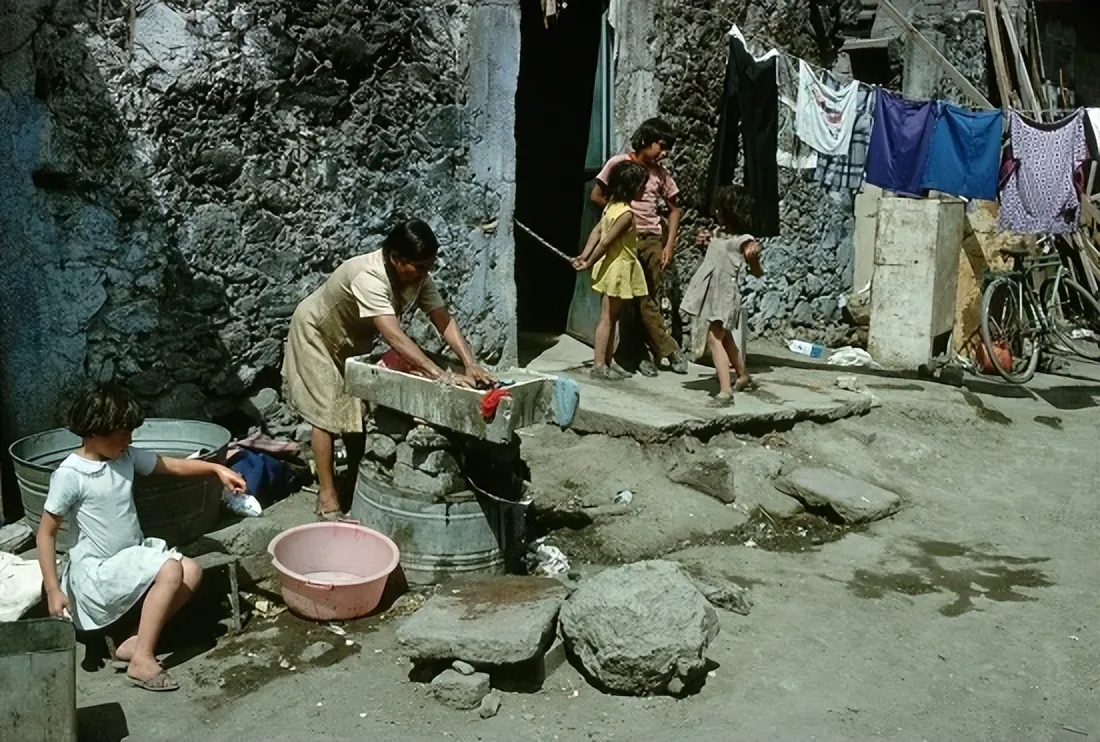
The unfair treatment of maids by wealthy families reflects the inequality and disparities between social classes. Their lives and poverty are influenced by the interplay of social class and economic factors.
To address this, measures must be taken to reduce social class and income disparities, provide more education and training opportunities, and improve wages and working conditions in the domestic service industry, thereby breaking the cycle of poverty and promoting social progress.
The roots of class division in Mexico City can be traced back to its colonial history, poverty, and traditional cultural and social structures. These issues continue to shape the city’s social and cultural landscape. Income inequality, lack of education, and inadequate public services stem from economic and political imbalances, leading to social stratification.

Improving education is an effective way to address class division in Mexico City. This can be achieved by providing free education, scholarships, and better school facilities for low-income families. Higher education levels can help young people secure better employment opportunities and create a better future. Reducing poverty and injustice is also crucial.
The government can take steps to raise the minimum wage, encourage businesses to provide better benefits and educational opportunities for employees, and expand social security and healthcare coverage. It can also reduce social injustice by improving infrastructure, enhancing public services, and establishing social security systems.
Changing social attitudes and cultural traditions is another important way to address class division in Mexico City. This can be achieved by promoting cultural diversity and inclusion, and educating people about the importance of social justice and equality.

By showcasing class division in Mexico City, the film exposes the deep-seated social problems within the city. It highlights the gap between the rich and the poor, as well as the absence of a middle class. The poverty of the maids’ families, poor housing conditions, and lack of access to quality education reflect the cascading effects of social stratification.
The relationship between wealthy families and their maids underscores the vast class divide. Exploring these social realities, raising social awareness, and seeking solutions are pressing issues that demand attention in today’s society.
Although the film is set in the 1970s, the social issues it portrays remain relevant today. Viewers gain insight into the class division and inequality in Mexico City, and reflect on the social problems and impacts of this phenomenon.
Addressing class division in Mexico City is a long-term endeavor that requires the cooperation of government, businesses, schools, and communities. Comprehensive measures must be taken to gradually reduce poverty and injustice, improve education levels, and change social attitudes.